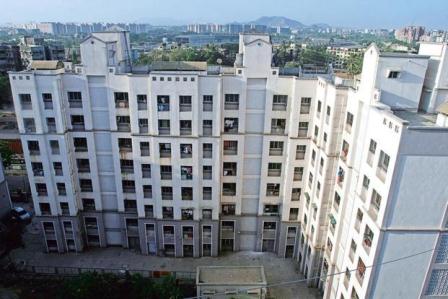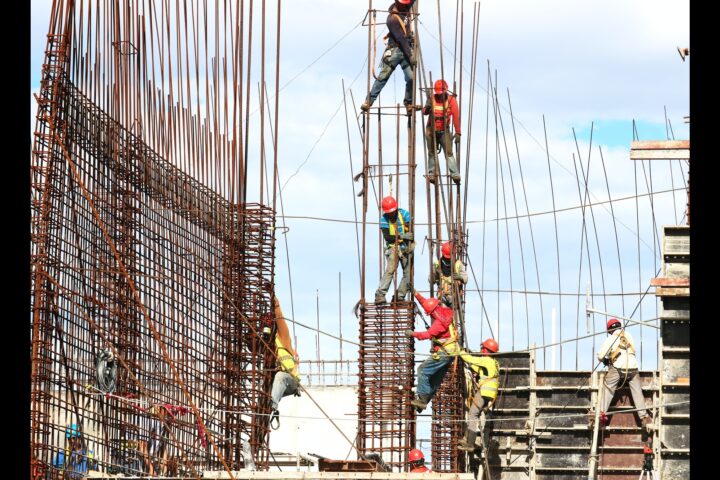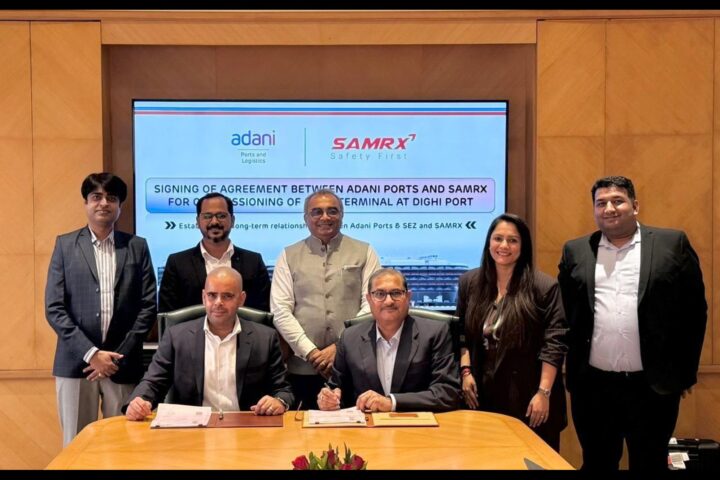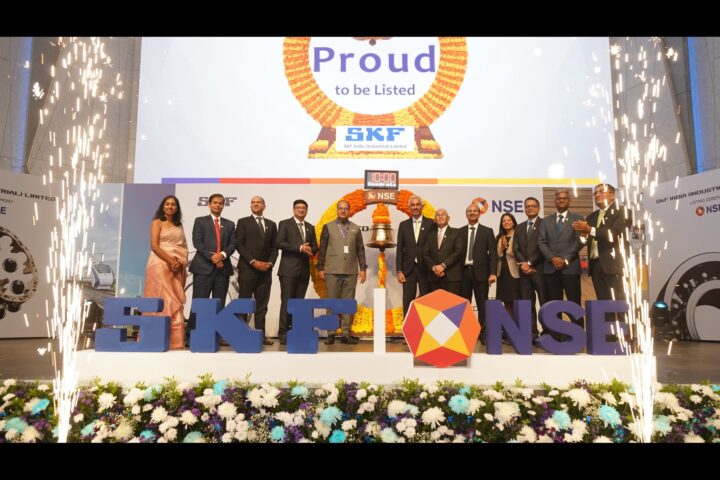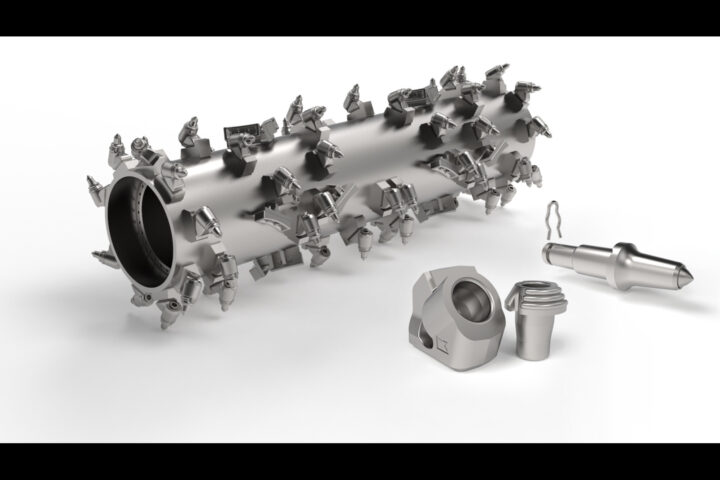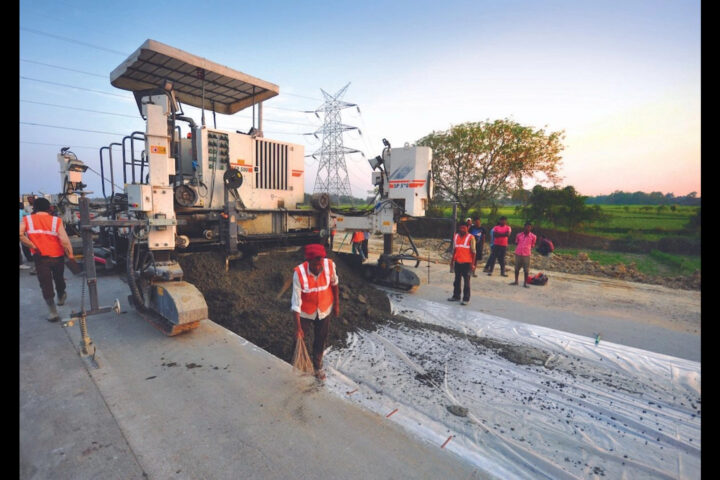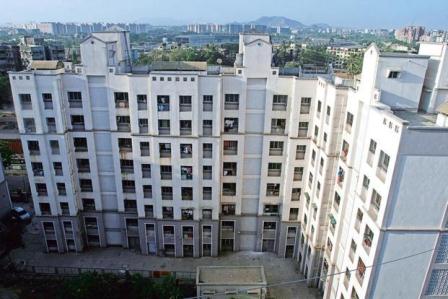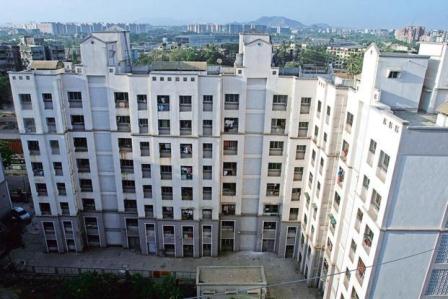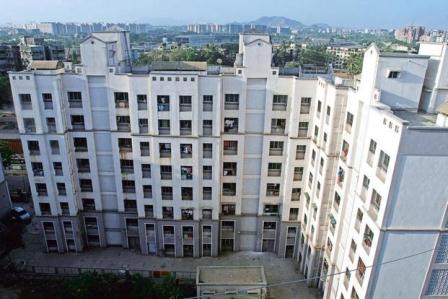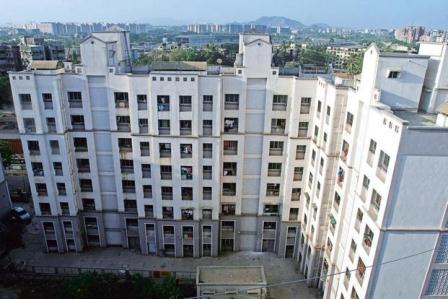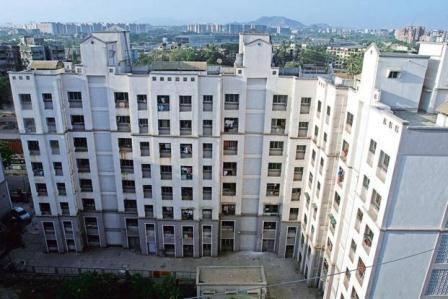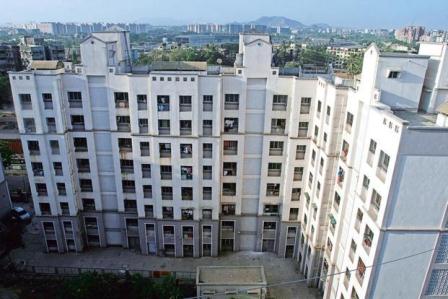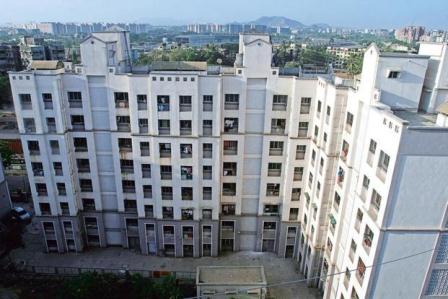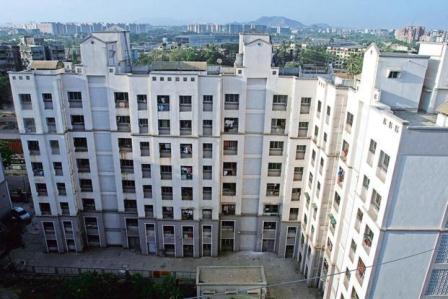As loan facilitations go, the affordable housing segment is getting the best deal in town because government support and tax incentives together mean interest paid could be significantly low for a home loan taken.
Under the credit linked subsidy scheme of the Pradhan Mantri Awas Yojana, home loan EMIs could reduce by up to 45% for the economically weaker section and the low income group.
No surprise, then, that new pure-play affordable housing finance companies (AFHCs) have been on a tear, with their assets under management (AUM) rocketing 50% in the past fiscal to Rs 23,000 crore as on March 31, 2017, compared with Rs 15,000 crore as on March 31, 2016.
The high growth has also led to increase in market share of these new pure-play players in the overall affordable housing finance sector from 10% as on March 31, 2016 to 15% as on March 31, 2017.
CRISIL defines affordable housing loans as those with a ticket size less than Rs 15 lakh.
Says Krishnan Sitaraman, Senior Director, CRISIL Ratings, “We expect AUMs of the new AHFCs to clock 40% CAGR over the next four years, compared with 17-18% expected for the housing finance sector as a whole. A quarter of home loans today are for affordable housing, driven by a plethora of facilitations.”
The facilitations that have spurred growth include the government’s ‘Housing for All by 2022’ and the Pradhan Mantri Awas Yojna (PMAY) initiatives, the grant of infrastructure status to affordable housing, allowing additional investment limits to debt mutual funds to invest in housing finance companies (HFCs), and lower risk weights for smaller-ticket housing loans.
The upshot has been three-pronged: existing players have seen capital infusions, more new players are entering the fray, and for borrowers, affordability has improved.
Many of the new pure-play AFHCs are backed by private equities or strong promoters. Over Rs 2,000 crore of capital has been infused over past five years into these AHFCs, with the number of PEs investing more than quadrupling from 4 to 18. CRISIL believes that these AHFCs will need another Rs.1500 crore of capital over the next three years to meet the growth estimates.
The underlying borrower profile in the affordable housing finance segment has led to sharply differentiated portfolio characteristics for these players compared with the overall housing loan market. This includes factors such as higher proportion of self-employed borrowers and borrowers with lower income levels. Accordingly, the origination practices adopted are also different with higher reliance on direct sourcing. Also, the average loan- to-value for these players is lower than that seen for the overall home loan segment.
The underlying borrower profile, coupled with limited financial flexibility of the borrowers leads to potentially higher volatility in portfolio performance. This is evident in the two-year lagged gross non-performing assets of 3% as compared to 1% for the overall housing finance sector. Nevertheless, higher returns compensate for these risks to a large extent.
Says Malvika Bhotika, Associate Director, CRISIL Ratings: “While government initiatives and huge market opportunity continue to make the segment attractive, institutionalisation of appropriate origination, credit assessment and underwriting practices and human resources will be the defining elements for long-term sustainability in the affordable housing finance space.”


